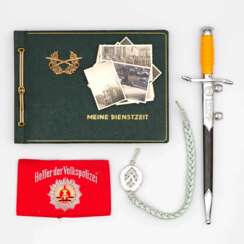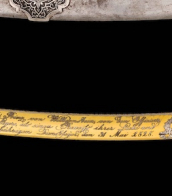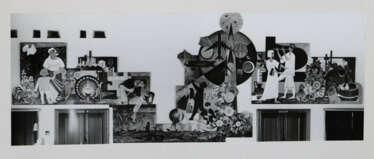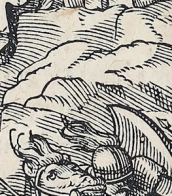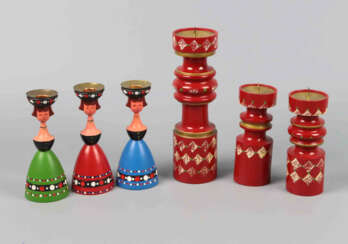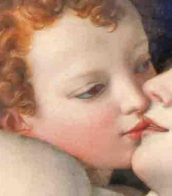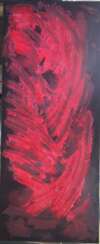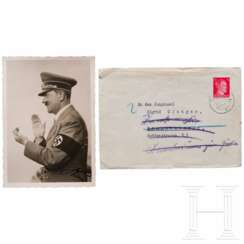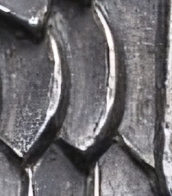563 Items by auctions and galleries:
ddr
"Reddragondnce"
Alexandre Ab (b. 1976) 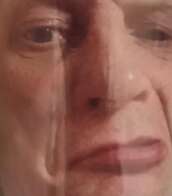 Shop Ab Alexandre
Shop Ab Alexandre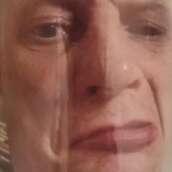

Alexandre Ab
23.10.1976
Switzerland
Александр, родился и вырос в России, окончив школу в 1998 году уехал в Европу, жил во Франции и учился в Университете прикладных наук Западной Швейцарии, после окончания работал в банковской системе Швейцарии. В 2011 году имел неосторожность разделить единицу на ноль в попытках создания нового образа банковских транзакций и этим получил философский дар атригуляции сущности вещей и фотонический кварк реализма бытия, что в итоге это вдохновило автора. Иногда автор видит модальности сущего и испытывает веселые галлюцинации они дают ему подсказки и помогают творить современное искусство.
Alexander, born and raised in Russia, after graduating from school in 1998, left for Europe, lived in France and studied at the University of Applied Sciences of Western Switzerland, after graduation he worked in the Swiss banking system. In 2011, he had the imprudence to divide one by zero in an attempt to create a new image of banking transactions and thus received the philosophical gift of atrigulating the essence of things and the photonic quark of the realism of being, which ultimately inspired the author. Sometimes the author sees the modalities of existence and experiences funny hallucinations, they give him hints and help him create contemporary art.

Artist shop
Ab Alexandre
Switzerland
Number of products: 37
